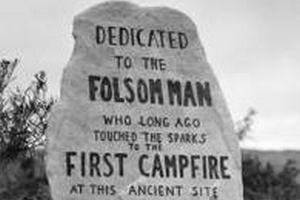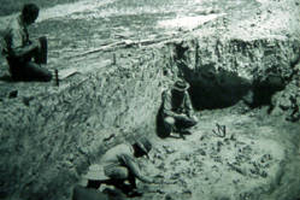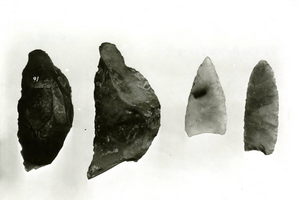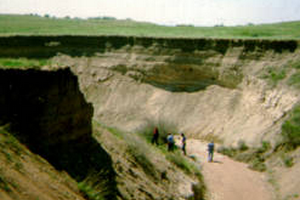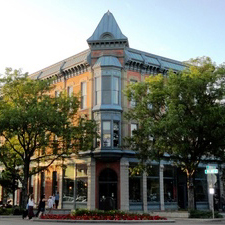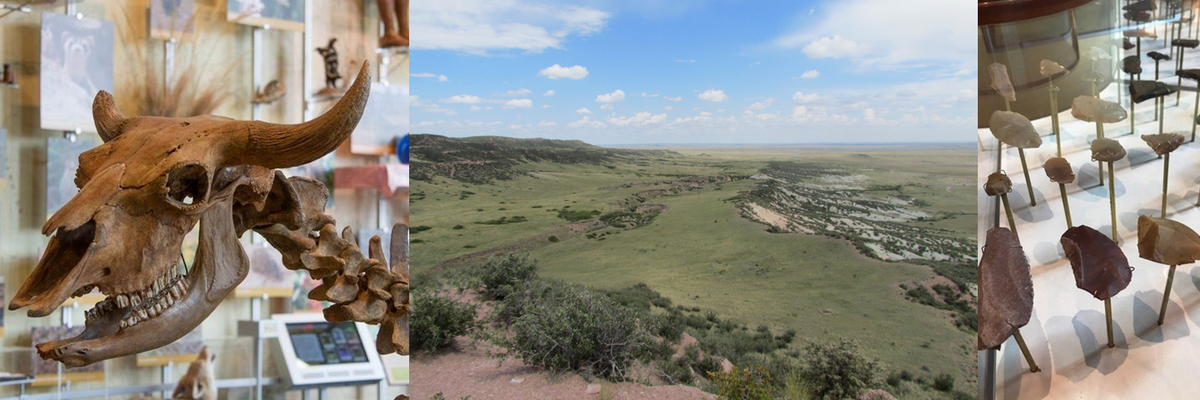
The Lindenmeier Site
Pictured above is an ancient bison skeleton (left) and Folsom-era stone tools (right), both on exhibit at the Fort Collins Museum of Discovery. At center is a view of the Lindenmeier Site as it appears today at Soapstone Prairie Natural Area north of Fort Collins.
One of the most important archaeological sites in North America is right in our backyard! Discoveries made in the 1930s at the Lindenmeier Archaeological Site, located in Soapstone Prairie Natural Area north of Fort Collins, definitively dated human occupation in North America to over 11,000 years ago.
The question of human antiquity on this continent had been a controversial scientific subject reaching as far back as the early 1800s, culminating during the early 1900s when the young field of archaeology was buzzing with this compelling question: How long had humans occupied North America?
An extraordinary discovery made at the Lindenmeier Site in 1935 would answer this question and revolutionize the archaeological world. Loren Eiseley, a member of the excavation crew at the site, uncovered an ancient Bison antiquus vertebra with a human-made spear point embedded in it. This "smoking gun" gave proof that human occupation in the North America stretched more than 11,000 years before present.
Who was living here 11,000 years ago? Archaeologists call these early Colorado residents "Paleoindians." Many Native Americans refer to them "Ancestors" or "Ancient Ones." Regardless of name, we learn about these ancient peoples through oral histories passed down from elders, from the places they lived, and from the objects they made and left behind.
The Paleoindians who lived at Lindenmeier are said to be a part of the Folsom Complex, named for an archaeological site in Folsom, New Mexico where stone tools and animal bones were found in 1908. People living during the Folsom Era were known for making the delicate leaf-shaped and fluted spearhead known today as the "Folsom Point."
Editors Note: The preceding information is adapted from the report "People of the Poudre - Native Americans in Larimer County, Colorado: 12,000 y.a - 1878" by Lucy Burris. This report provides a framework for human occupancy of the area currently designated "Larimer County, Colorado" by indigenous peoples from prehistory until dispossession in 1878. Archaeological evidence indicates that the area has been used almost continuously from Paleo-Indian times up to the modern era by Paleo-Indians, by Archaic groups, and by Ceramic cultures.
